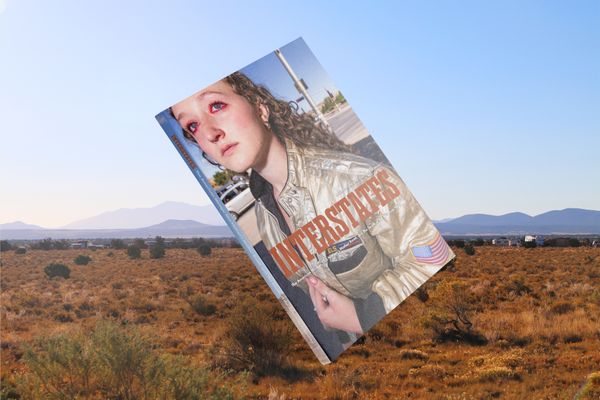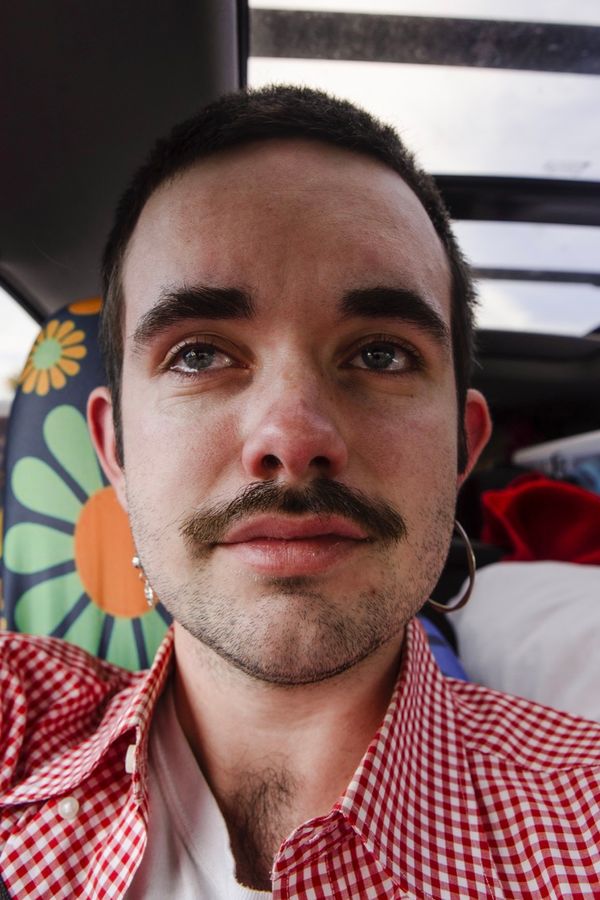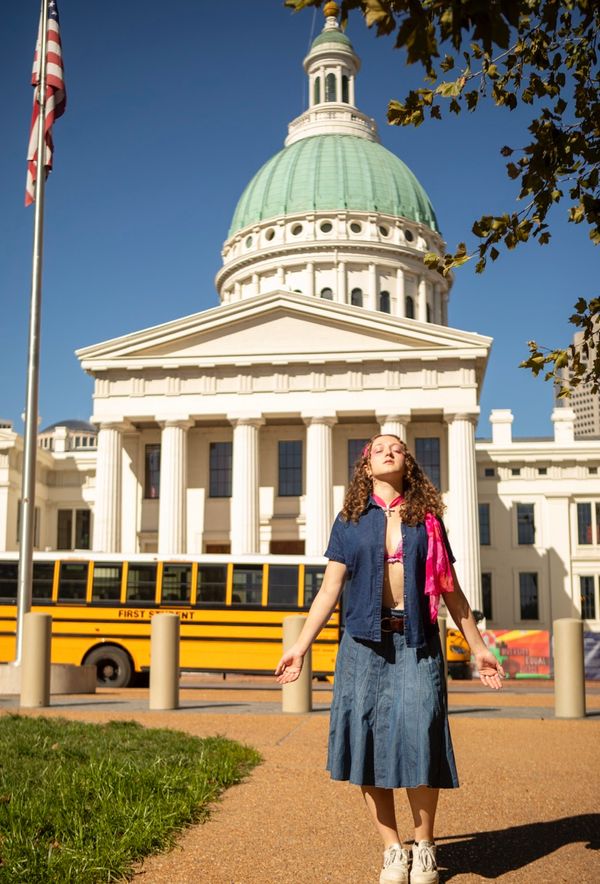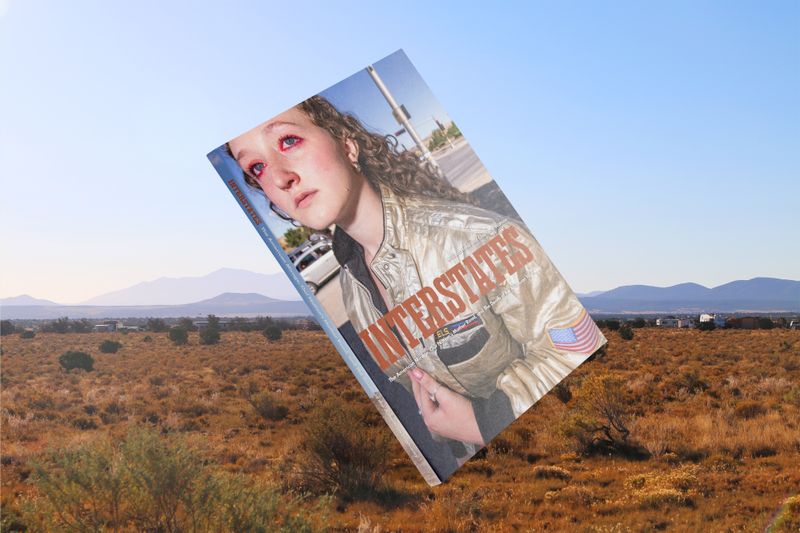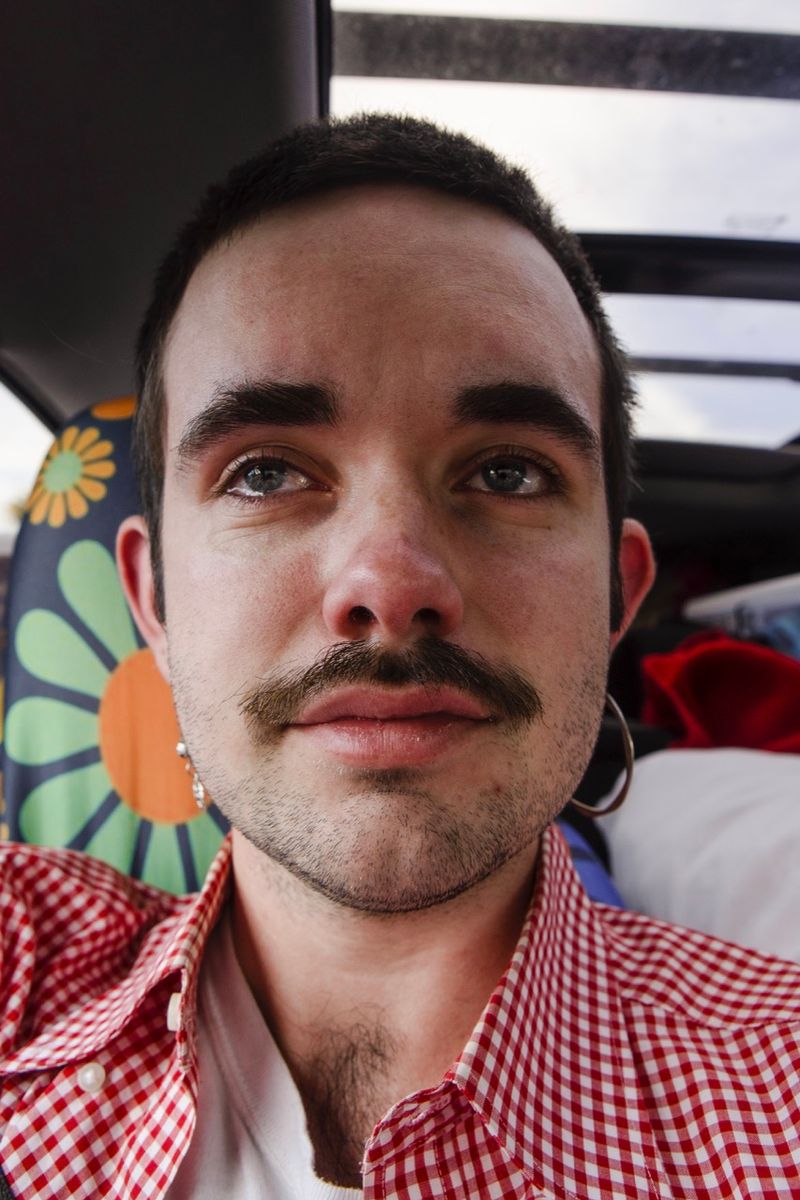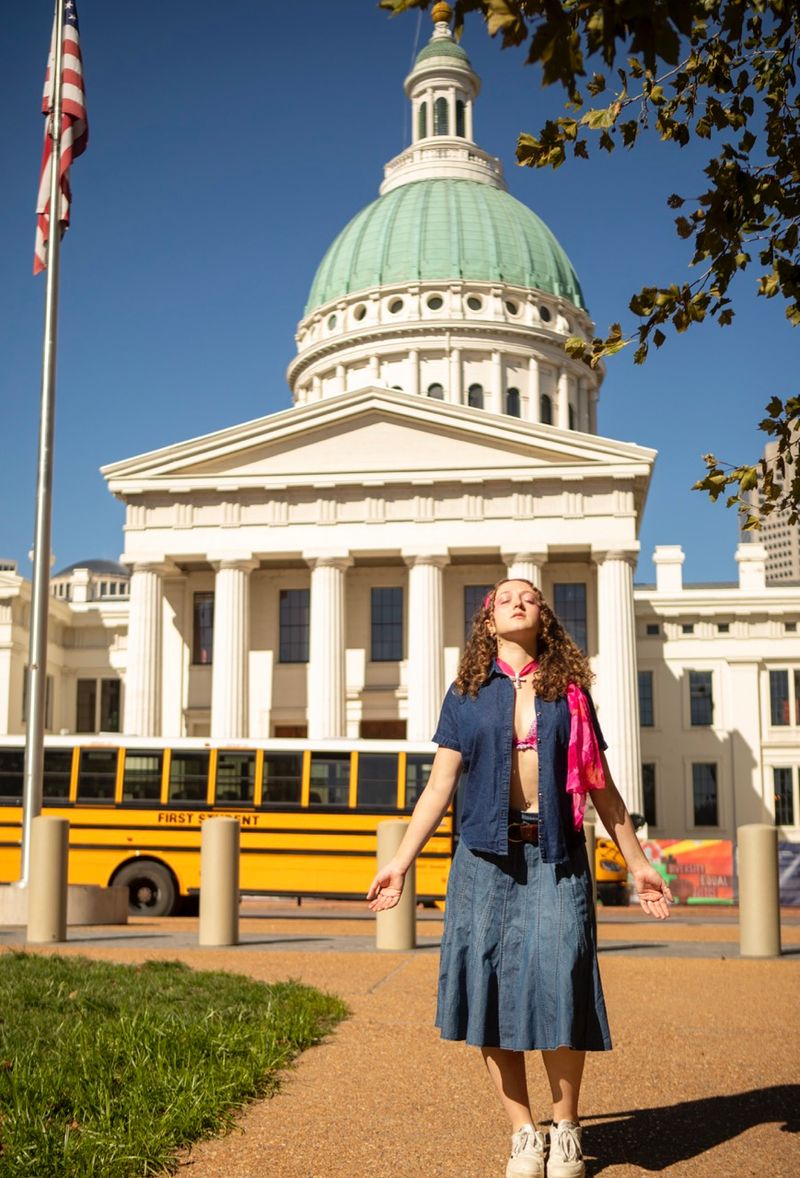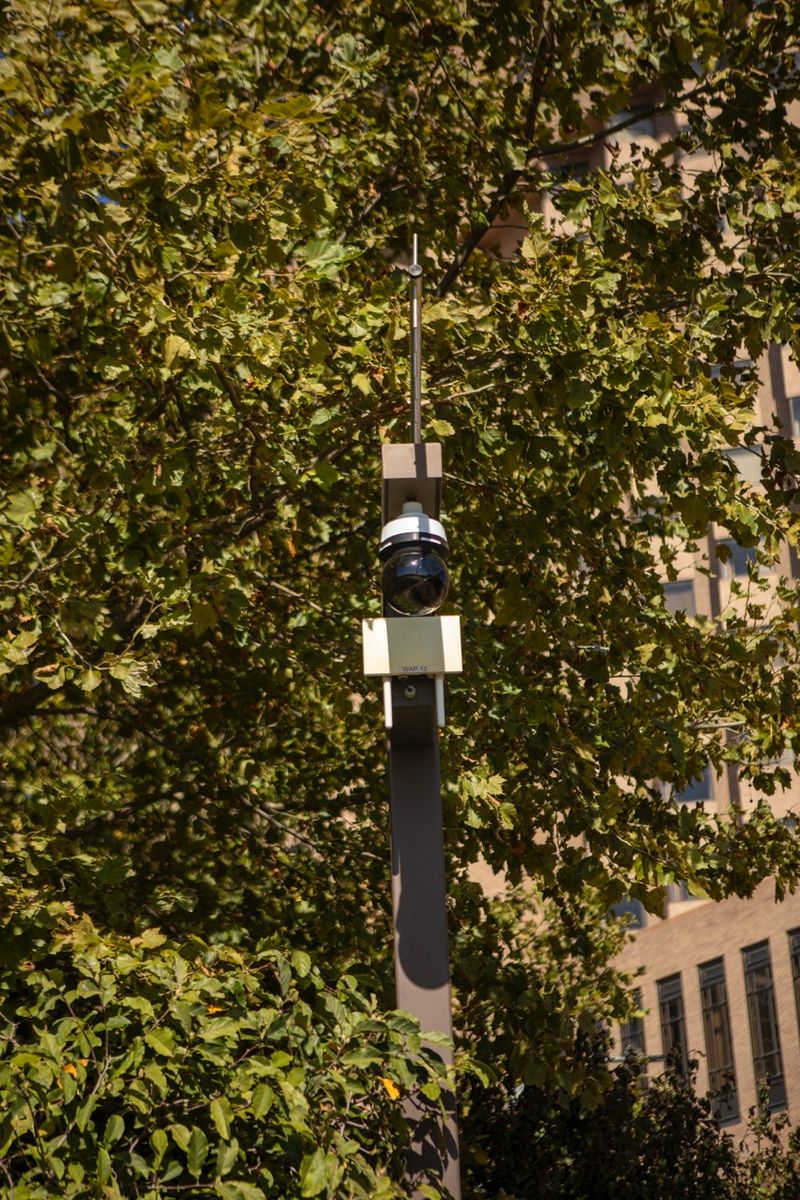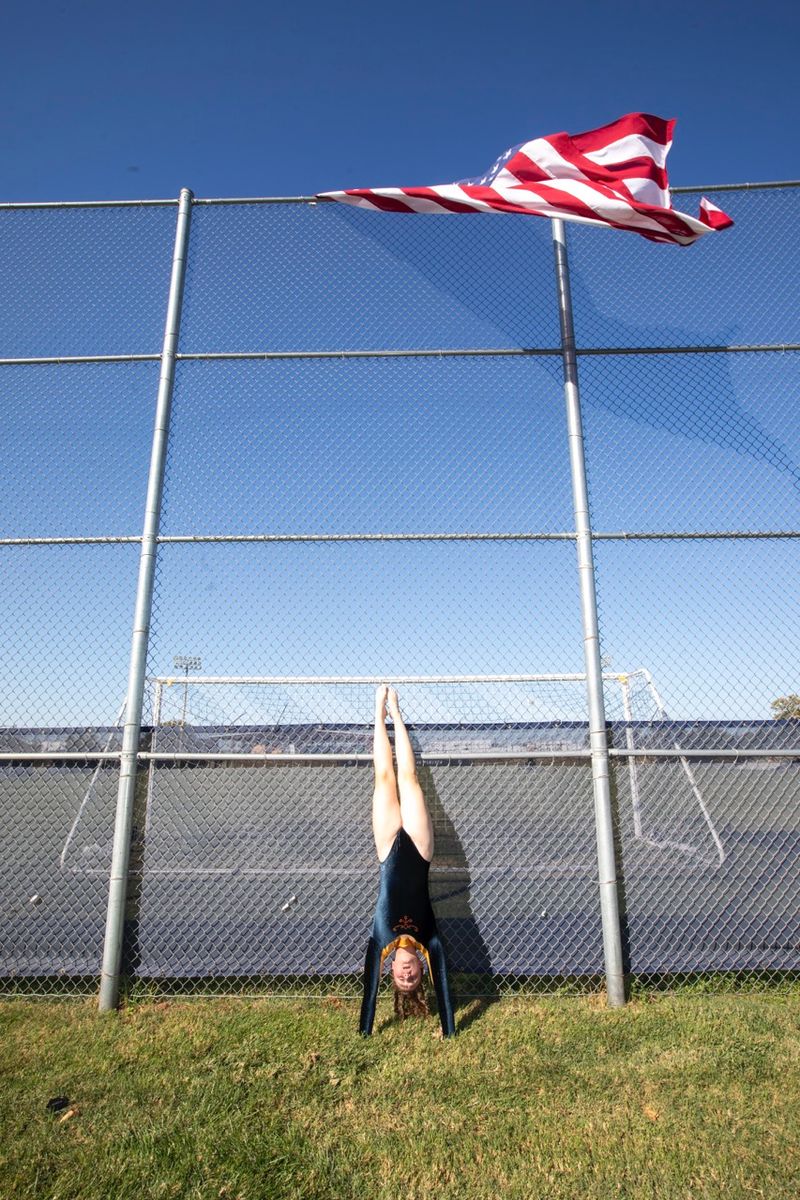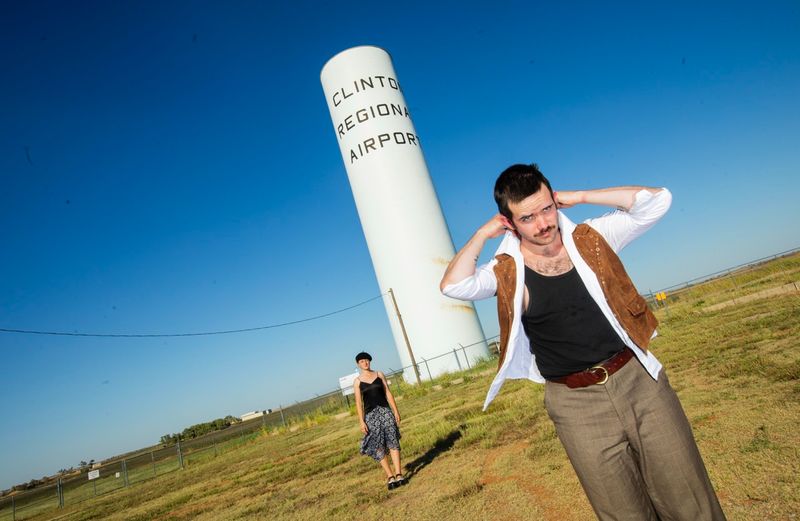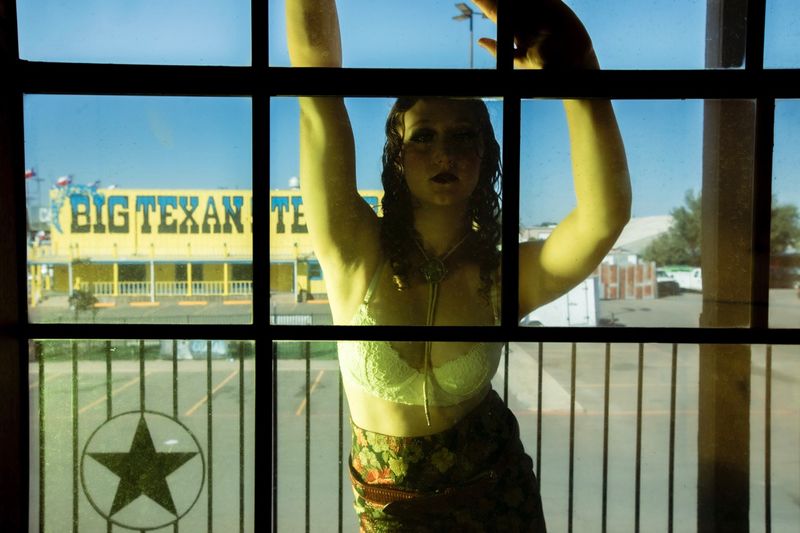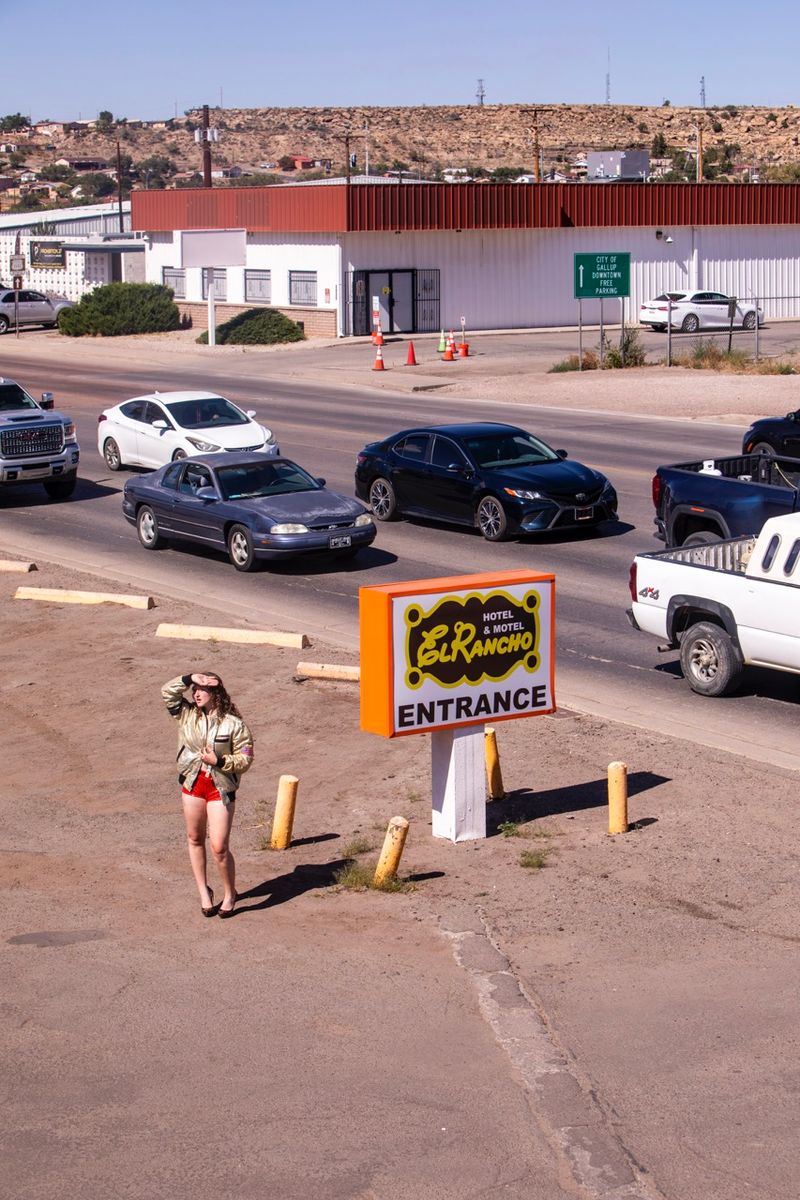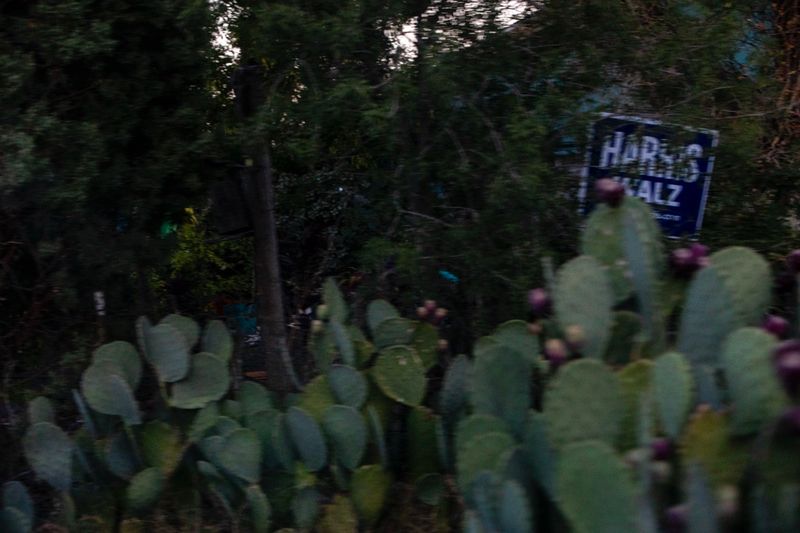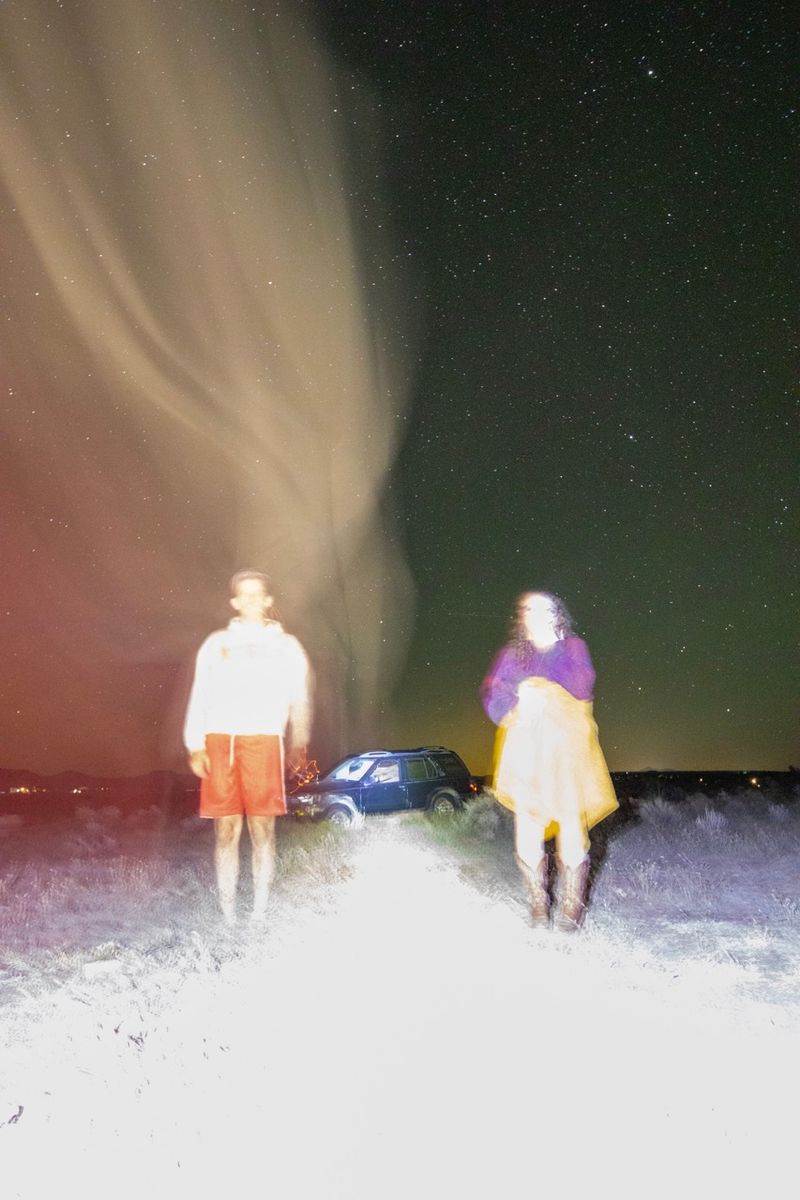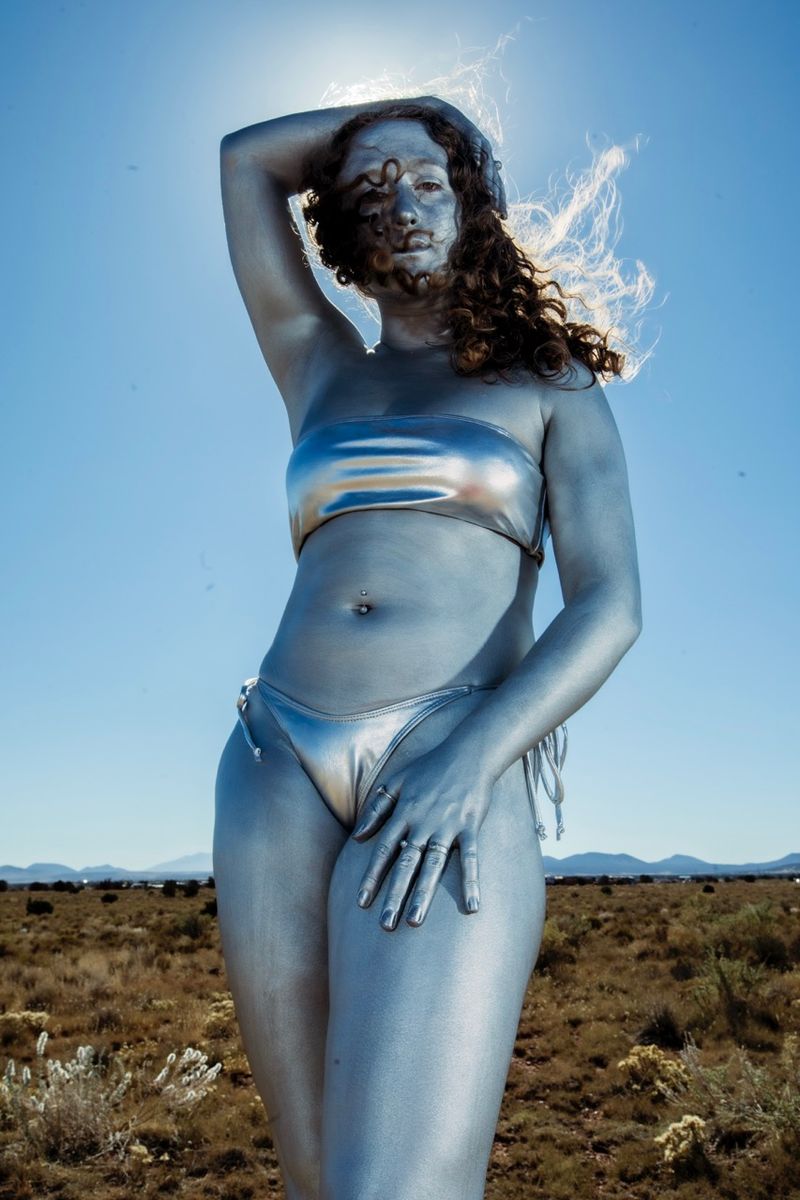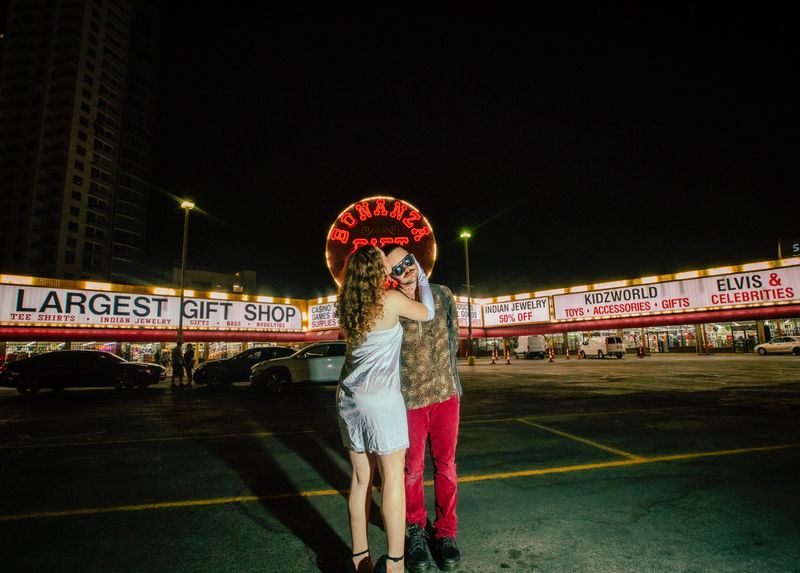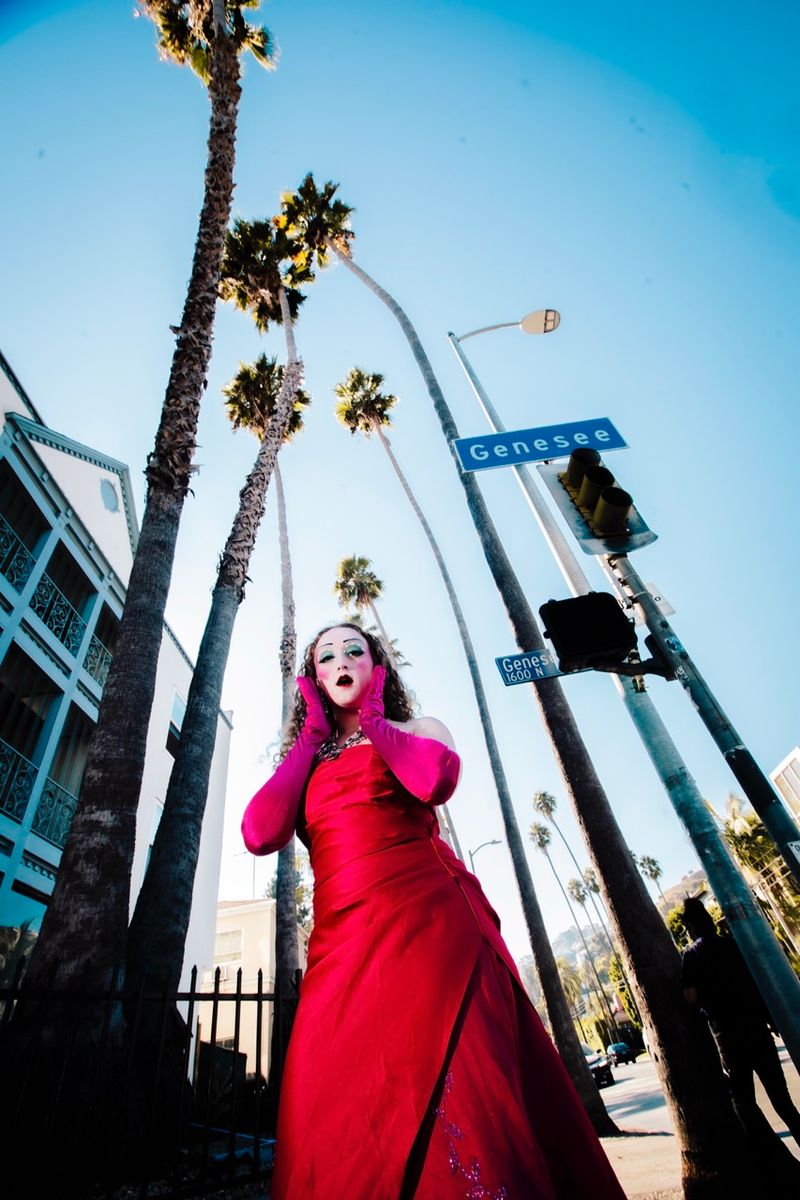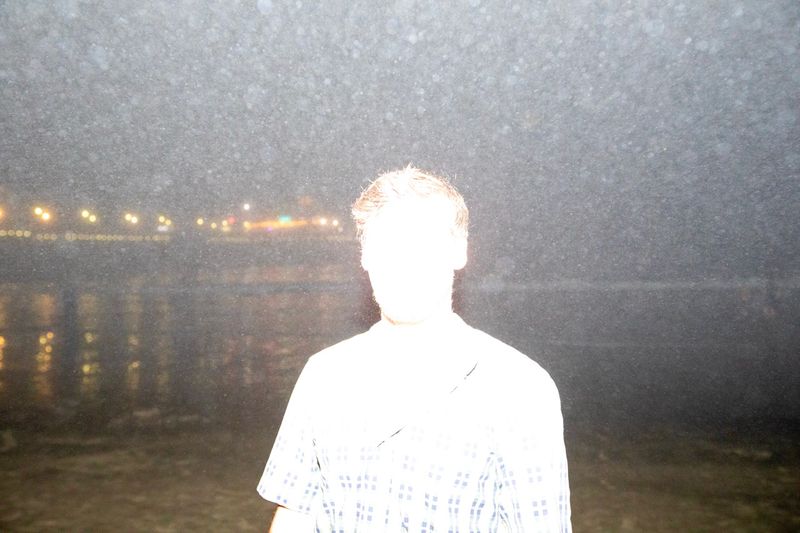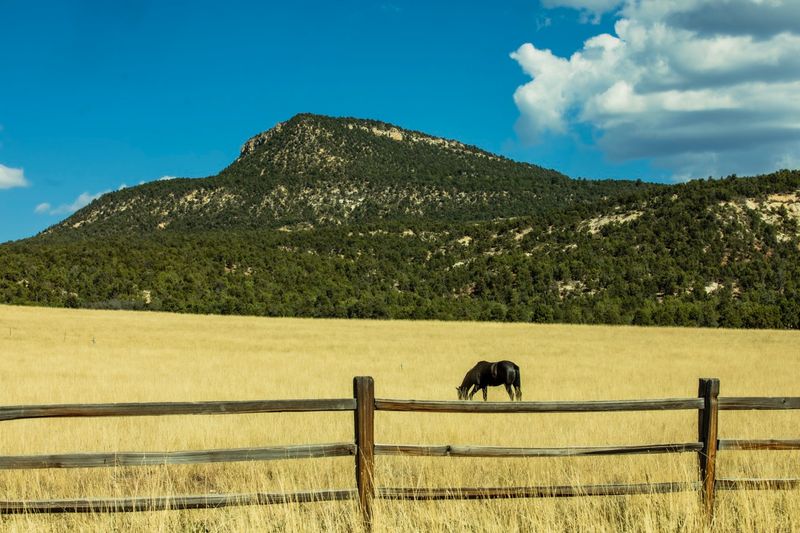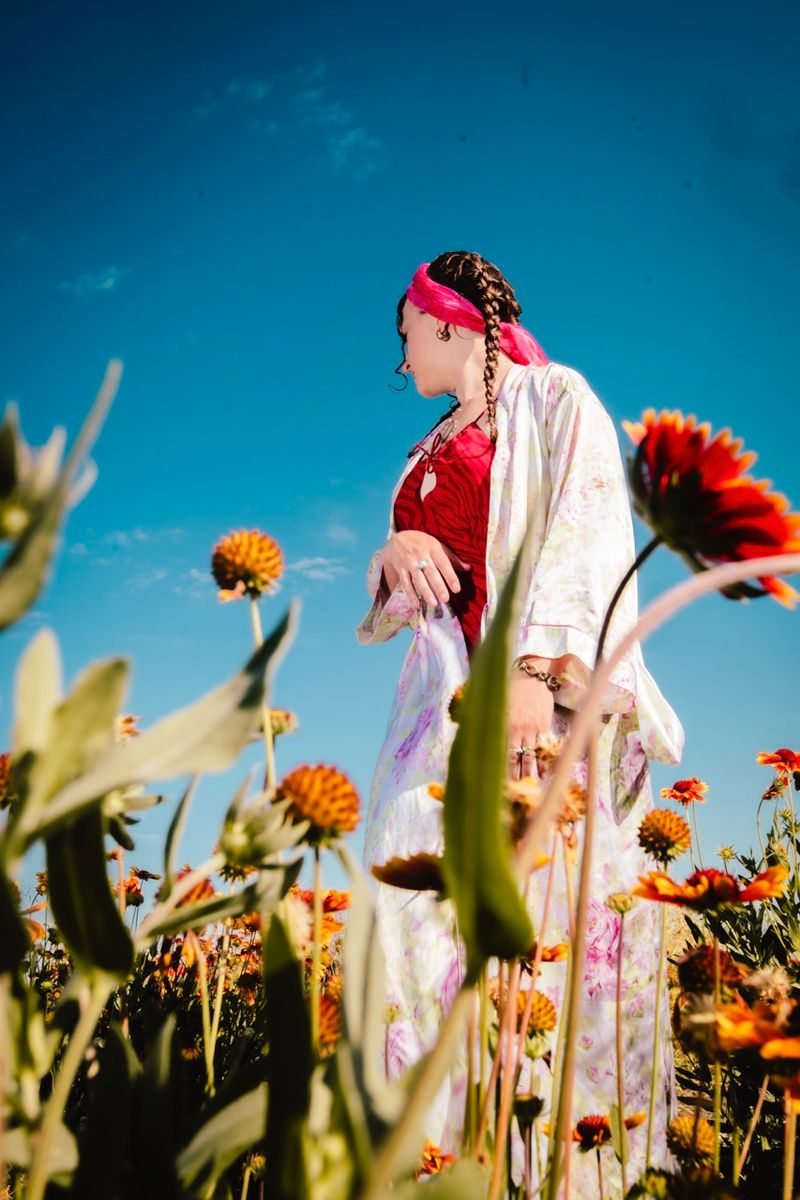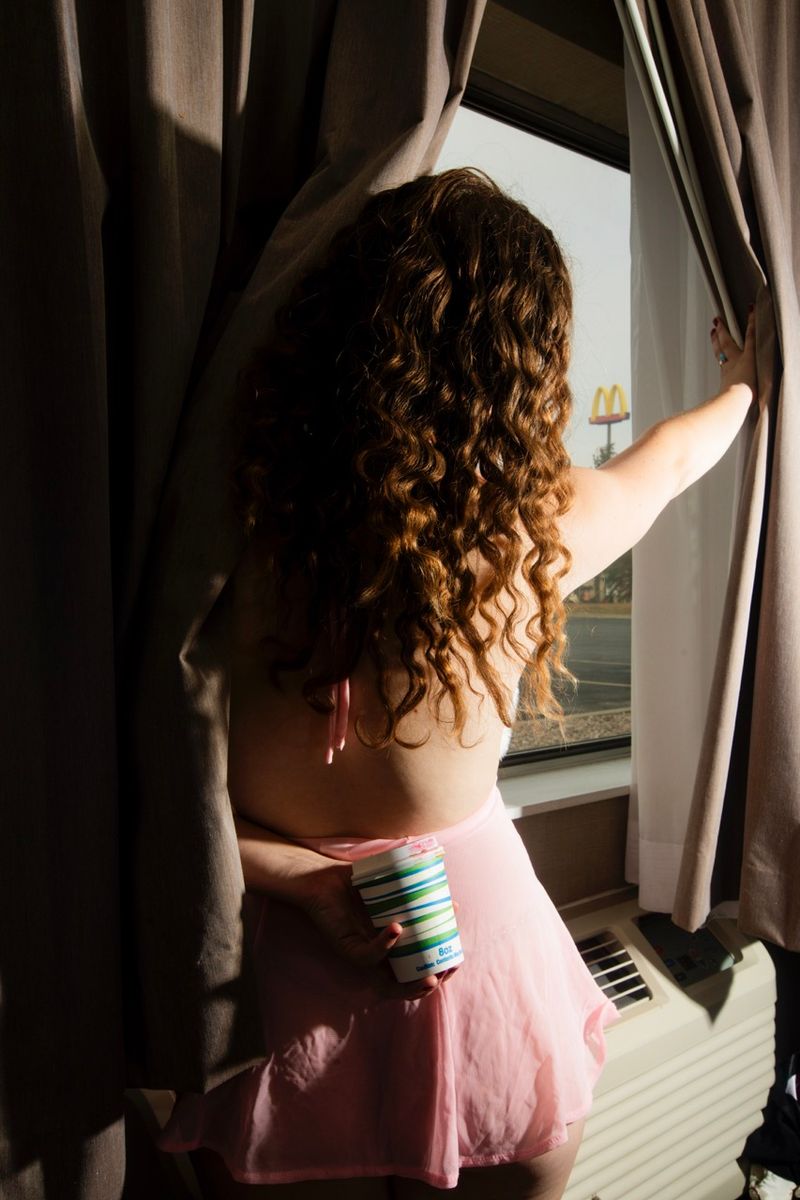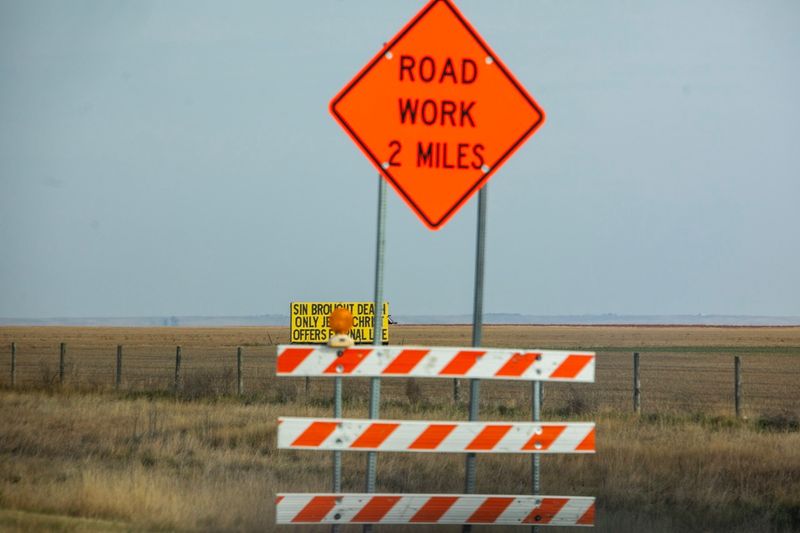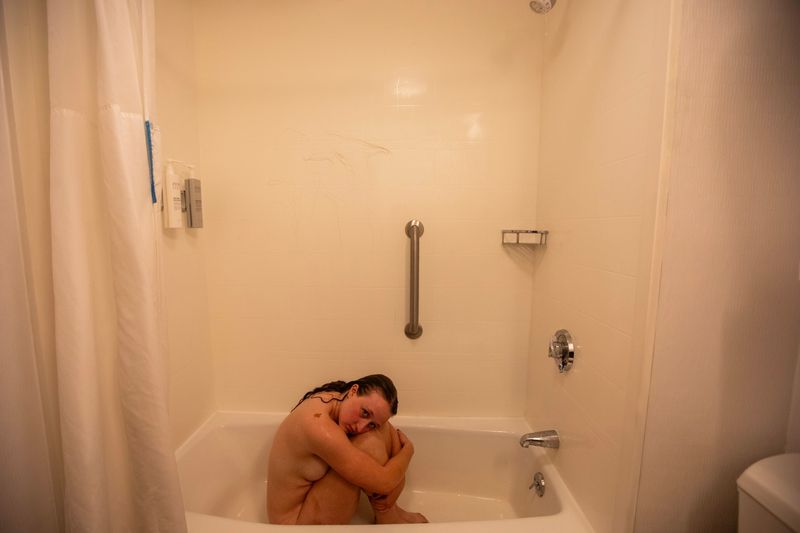INTERSTATES
-
Dates2024 - Ongoing
-
Author
- Topics Awards, Documentary, Editorial, Fashion, Fine Art, Photobooks, Portrait, Social Issues, Street Photography, Travel
INTERSTATES is a performative photo archive tracing 5,137 miles of America’s mythic Route 66. Through persona, drag, and documentary, it unearths identity, memory, and illusion along the fractured corpse of the American highway.
INTERSTATES is a performative, collaborative photobook that interrogates the myth and memory of the American highway, Route 66—once heralded as a symbol of national unity and freedom, now fragmented into nostalgia, contradiction, and decay.
Over the course of 5,137.9 miles and 14 states, co-authors William Hohe and Charlotte Watson journeyed from Chicago to Santa Monica and back, capturing both iconic and forgotten roadside America. But INTERSTATES is not a travelogue. It is an archive of contradictions—a visual meditation on American identity through the lens of performance, persona, and photographic play. With each stop, the line between documentation and invention is deliberately blurred. Drag, costume, and performance are wielded as tools of both critique and celebration, transforming rest stops into stages and diners into dreamscapes.
The project draws from traditions of road photography—echoing Robert Frank’s The Americans and Martin Parr’s glossy banalities—while pushing the genre into something more theatrical, hybrid, and self-aware. Inspired by thinkers like Peter Hamilton and Alec Soth, INTERSTATES asks: When the American road is rebuilt, rerouted, and resurrected, what remains of its spirit? What ghosts linger in its asphalt?
Charlotte and William, alternating roles as subject and author, embody regional archetypes: a Waffle House server in Kansas, a mirage-like silver alien in Arizona, a motel bride in Las Vegas, a rust-belt gymnast in Illinois. Through drag and roleplay, they don personas that echo both contemporary queerness and historic Americana, examining the pageantry of patriotism and the spectacle of identity. These images—by turns tender, absurd, and surreal—probe the sincerity and failure of the “American dream.”
The book’s form mirrors its themes: layered, nonlinear, and filled with visual and narrative double exposures. Found object sculptures interrupt photographic spreads. Regional shifts usher in tonal ruptures—from melancholy motel vacancy to neon-lit euphoria. The editorial tone shifts between poetic, diaristic, and ethnographic. Just as Route 66 is no longer a continuous road, INTERSTATES refuses to present America as cohesive or whole.
This work arrives at a moment of national instability—amid elections, environmental collapse, and cultural division. It embraces fragmentation as a mode of seeing. It questions the neat boundaries of states, genders, and truths. It mourns the lost optimism of westward expansion while clinging to moments of roadside tenderness and shared absurdity.
Rather than resolve, INTERSTATES revels in the in-between. It is both personal and political, archival and mythic, critical and romantic. At its core, the book poses one question: What do we carry forward—and what do we leave behind?
